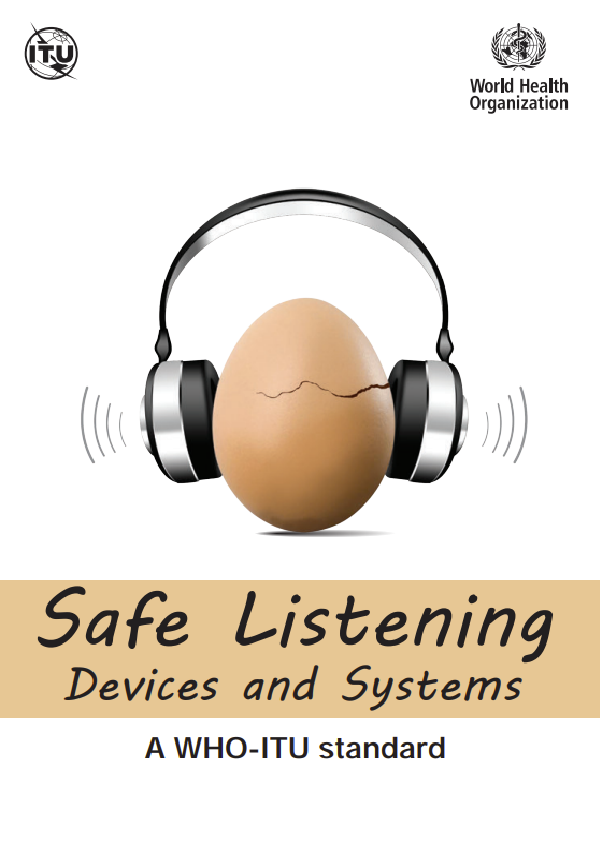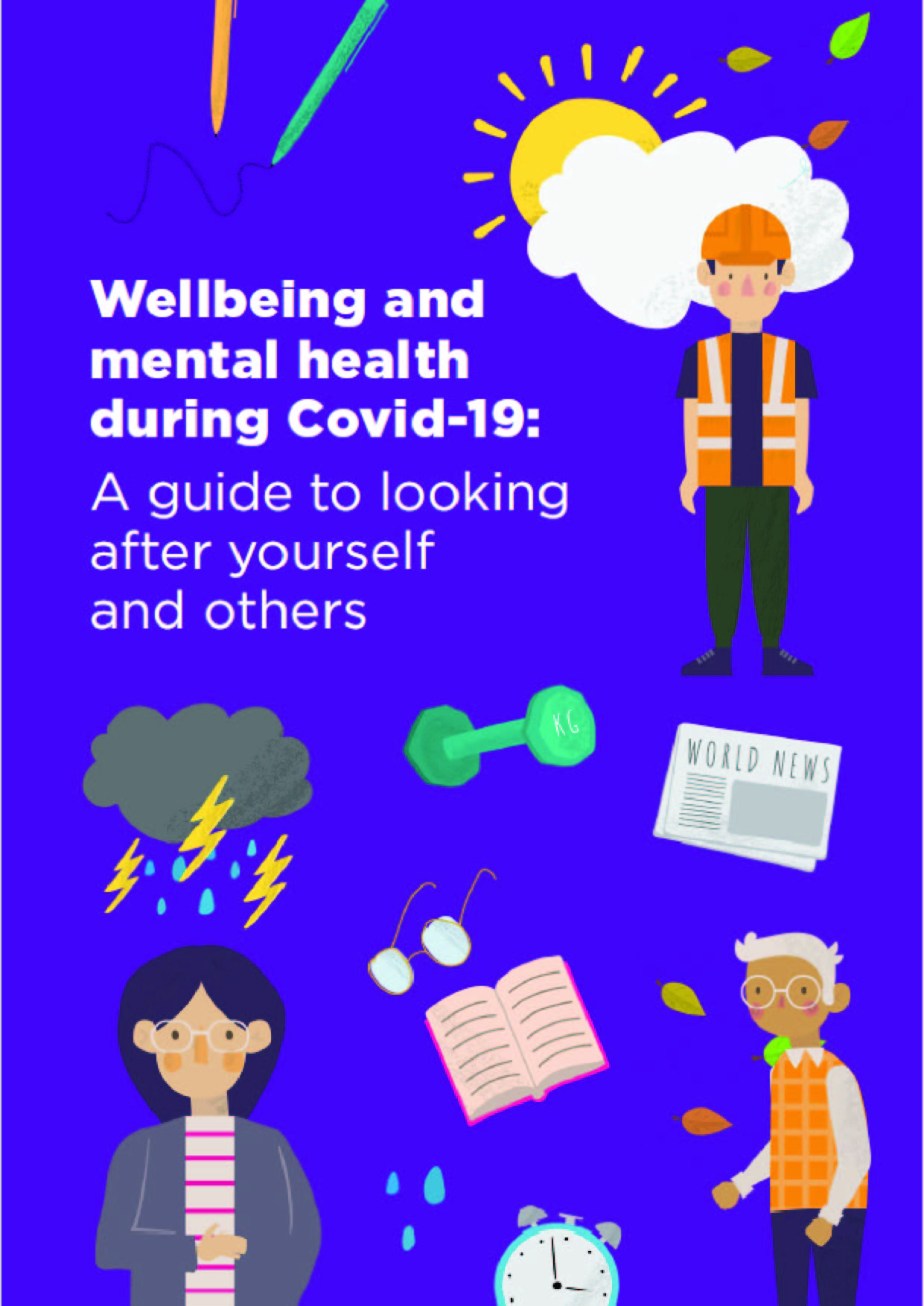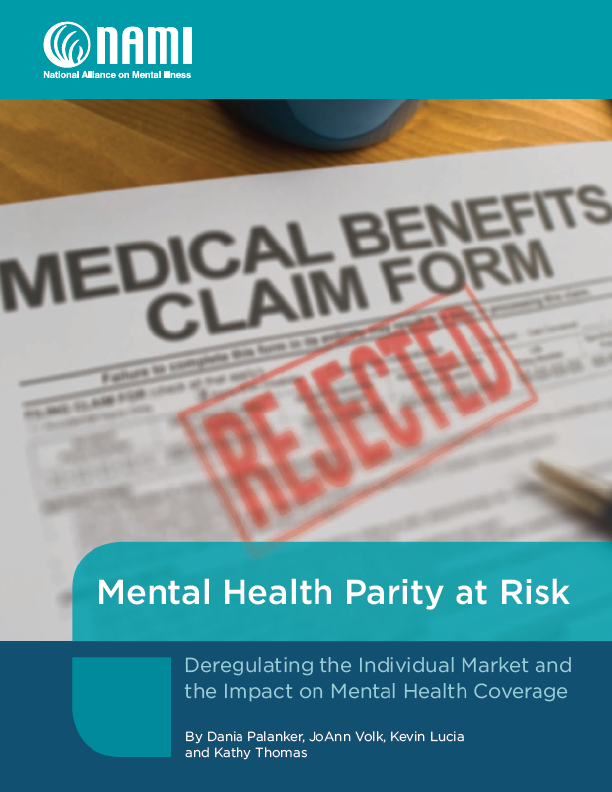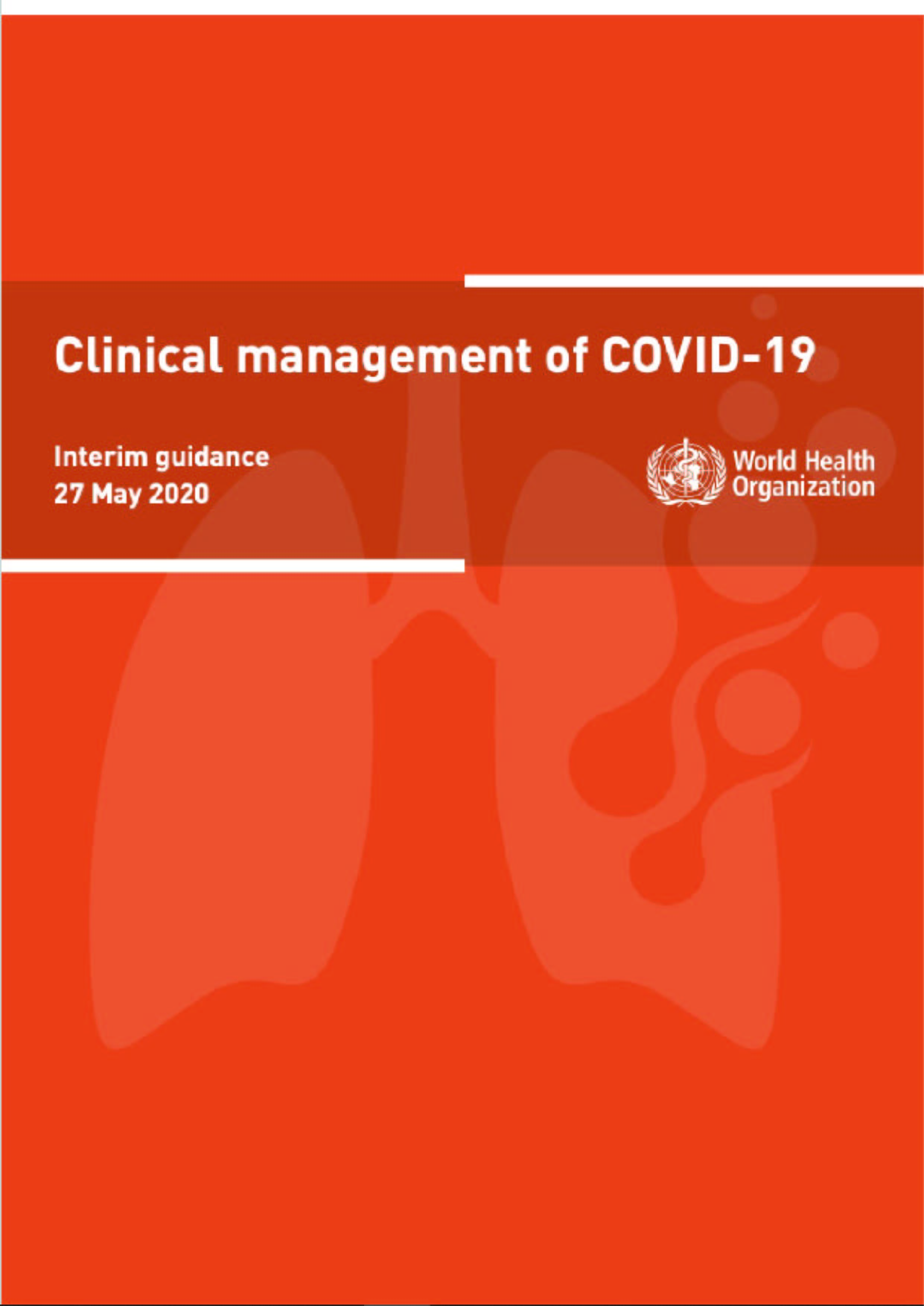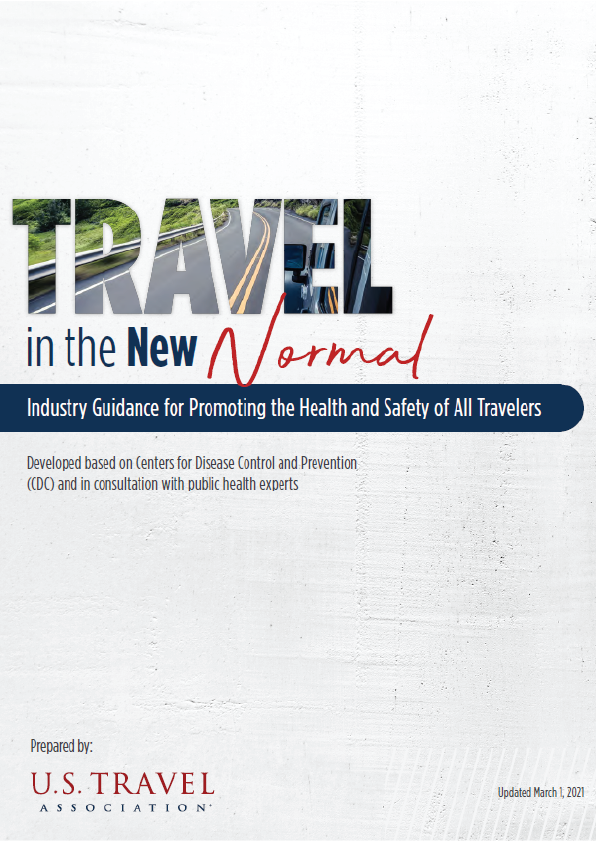Overview
The standard supports WHO’s Make Listening Safe initiative which seeks to improve listening practices in particular for young people, both when they are exposed to music and other sounds at noisy entertainment venues and as they listen to music and other audio content through personal audio devices. The WHO-ITU standard focuses on the latter.
Purpose
The aim of the standard is to reduce the risk of hearing loss among users of such products. The standard was developed over two years based on the latest evidence and in consultation with a range of stakeholders, including experts from government, industry and civil society as well as users of personal audio devices.
Executive summary
Make Listening Safe is the World Health Organization’s initiative to highlight and reduce the growing risk of hearing loss posed by “unsafe” listening through personal audio devices and systems. Make Listening Safe is the result of a collaboration between the World Health Organization (WHO) and the International Telecommunication Union (ITU), along with experts in the field of sound, audiology, acoustics, technology, health communication, and standardization and product development.
This document outlines the key features and requirements that personal audio systems must have in order to facilitate safe listening practices among users. It is based on the WHO-ITU Global standard for safe listening devices and systems, as set out in the ITU-T H.870 guidelines for safe listening devices.
The recommendations in this document are based on the best available knowledge and evidence on principles of hearing loss prevention and criteria for hearing damage caused by sound. They also address the need for, and methods of, communication to facilitate behavior change among users of personal audio systems.
Recommendations
Dosimetry function: The personal audio device will include software that tracks the level and duration of the user’s exposure to sound as a percentage used of a reference exposure, also known as a user’s “sound allowance”. The user will have the option to choose one of two modes that determine the total sound dose he or she can safely consume:
- Mode 1 for adults: 80 dB for 40 hours per week.
- Mode 2 for children: 75 dB for 40 hours per week.
Personalized information: Based on the user’s listening practices, the personal audio device will generate an individualized listening profile. This profile informs the user of how safely (or not) he or she has been listening to music through the device. The software that allows this will summarize listening activity in terms of a percentage of sound allowance and give cues for action to the user based on this information.
Volume limiting options: The personal audio device should offer users options that aim to limit the volume, including:
- Automatic volume reduction, which reduces the listening volume based on information from the user’s profile. If the user has been listening at a high volume for too long, the volume can automatically be reduced.
- Parental volume control, which allows a parent to set the volume to a certain level. This control should be password protected.
General information: The personal audio device will provide general information and guidance to users to make safe listening choices. This includes information on safe listening practices, both through personal audio devices and in the context of other leisure activities, as well as the risks for hearing loss that users face when these practices are not followed.
